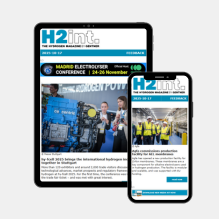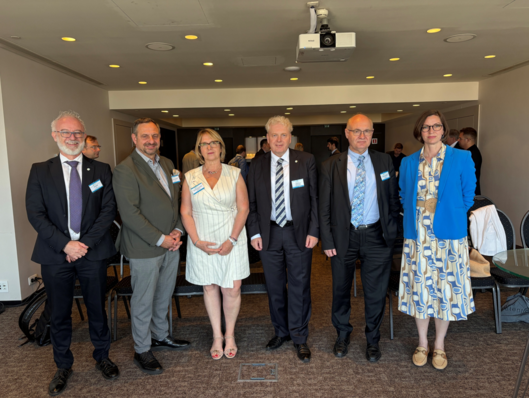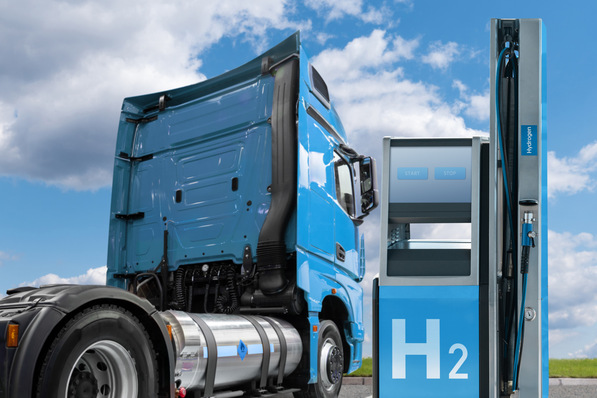Specifically, more than €16 million has been allocated to the “Hydrogen Cluster Sustainable Mobility” consortium, which was founded by Fountain Fuel together with more than 60 logistics companies and several vehicle manufacturers. The cluster had already received €8.2 million in 2024.
Fountain Fuel currently operates hydrogen refueling stations in Amersfoort, at Rotterdam The Hague Airport, and in Nijmegen. The new funding is intended to significantly expand the network. Additional sites are planned near cities with zero-emission zones, along the Trans-European Transport Network (TEN-T), and at key logistics hubs.
“Thanks to the funding, we can expand the network and establish new locations,” says Stephan Bredewold, Director of Fountain Fuel. “Hydrogen in mobility needs functioning refueling stations close to relevant customers. Only then will a switch be considered.”
Comparison with mobile network expansion in the 1990sBredewold compares the development of the hydrogen network to the introduction of mobile phones: “Back then, demand for mobile phones increased especially in areas where transmission towers were installed. It will be similar with hydrogen.”
The company is pursuing a strategy that sees hydrogen as a complement to battery-electric mobility. Given the acute grid congestion in the Netherlands, it is urgently necessary to create alternative drive options.
“Many transport companies are already investing in battery-electric trucks,” says Bredewold. “But there are use cases where these vehicles are not suitable – for example, in double-shift operations, on long routes, or when flexibility is required.”
One example is the company Van der Vlist, which announced in August that it would procure several MAN hydrogen trucks. The specialist in heavy and oversized transport cites short refueling times and greater operational flexibility as reasons for the decision.
Hydrogen as a solution to grid congestion in the power networkAnother driver for the use of hydrogen is the overload of the power grid. In many regions of the Netherlands, new grid connections are only available after years of waiting. According to Bredewold, this prevents companies from fully electrifying their fleets.
“Many companies want to become more sustainable but cannot rely on battery-electric vehicles because grid capacity is lacking,” says Bredewold. “With hydrogen, they can already begin converting their fleets now.”
The consortium plans to further expand cooperation with vehicle manufacturers (OEMs) in order to increase the availability of hydrogen vehicles. The goal is to achieve greater model diversity and production capacity by 2032.









